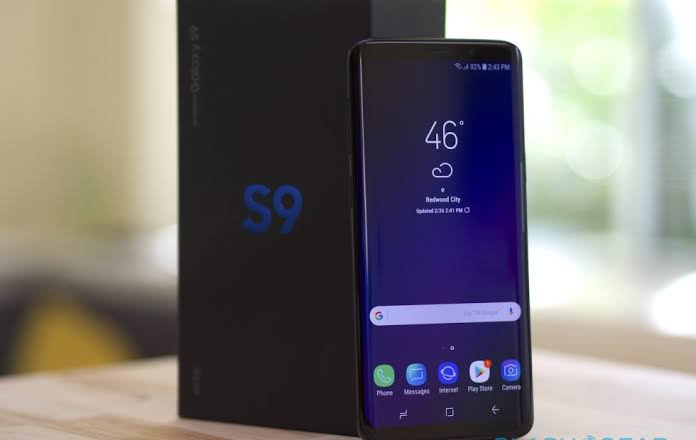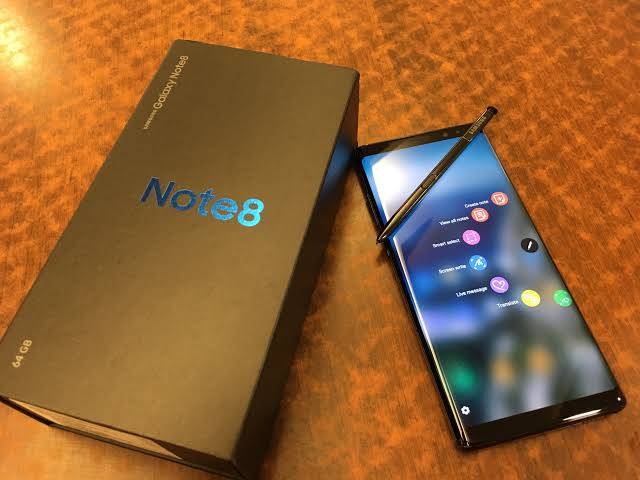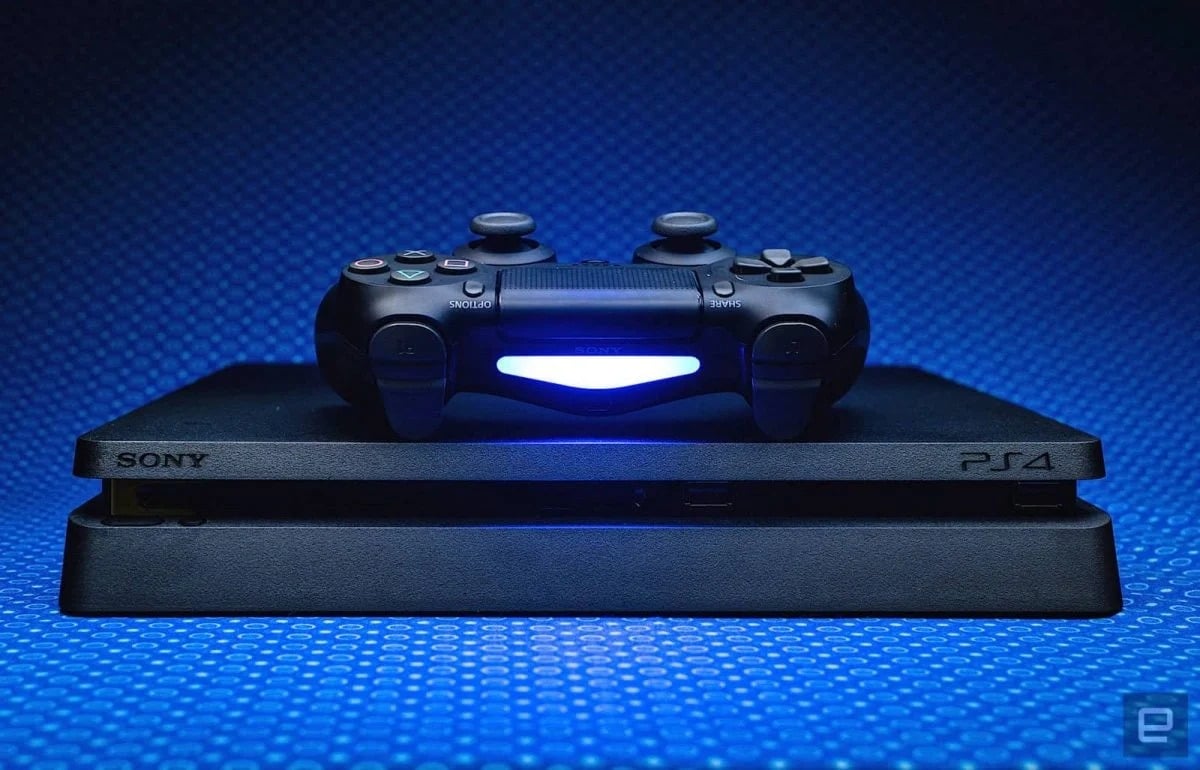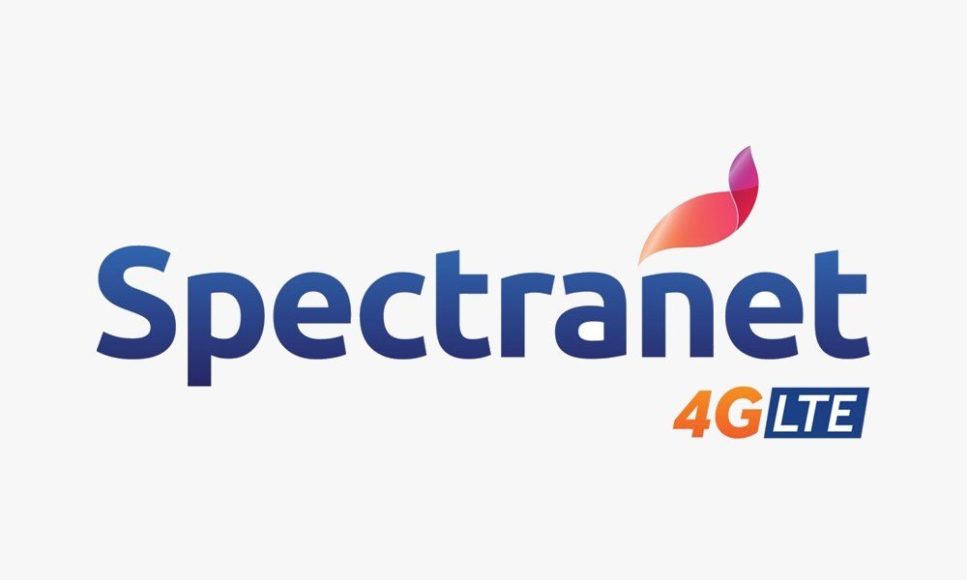How to Use wireless charging on all Tablets & Smartphone
The wireless charging feature for smartphones has been around for some time now even though most phones do not use it. But did you know you could add the wireless charging feature to your high-end smartphone? Well, maybe not all high-end phones but most.
Page Contents:
A few years ago, every single high-end smartphone (except for no notable iPhone shaped device) launched came with the wireless charging feature supported. Now, most phones from smartphone companies and even the big dogs (including HTC, Lenovo, LG, Sony, Google and even the popular OnePlus) lack both Qi and PMA charging. Samsung seems to be the only major smartphone company still interested in exploring this feature.
Method 1 – Wireless Charging Phone Cases

Mophie seems to be the best in producing wireless phone cases and has grabbed the attention of all other major vendors. The main downside of Mophie wireless charging phone cases are the bulky designs and high price tags accompanying them. Besides, you might be able to get a wireless charging case which works for different phones for a much lower price. Just search for it at an online vendor of your choice.

Method 2 – Stick-On Wireless Charging Adapters
Stick-On adapters are more like a universal solution to wireless charging. If your phone does not come with the circular RF induction coil which is the core of any wireless charging smartphone or device, make sure to add one. Are you tired of trying to match the ever increasing variety of phone design with custom-fit cases? Well good for you because, accessories providers have reduced the excess materials and have just wrapped an induction coil in a plastic protective case, fixed to some glue, and added a USB charging port. The device is a flexible solution which only needs a few basic models to charge any phone at all.

One of the benefits of this Stick-on wireless charging adapters is availability. To use it, just match one of the external pads to your phone’s charging port (Apple Lightning, USB-C, or micro USB), stick it on the back and that’s all you are set to charge.
Stick-On wireless charging adapters also cost way less than wireless charging cases. They are also generally slim enough to fit the plastic of a standard phone case (non-charging). The only main drawback of the sticky wireless charging adapters is the flat cable which is rather unsightly and needs to be unplugged whenever you want to use a conventional charging cable.
With the low cost of the stick on wireless charging adapters and their compatibility with very much all phones and case combinations, these adapters are an excellent choice when going for wireless charging adapters.
Method 3 – Roll Your Own Wireless Charging With a Phone Mod
This method can be done if you have the courage to open up your phone case (or if it’s warranty period is over) and you happen to be conversant with messing around with a circuit board and soldering iron, then you can install a wireless charging induction cable right into your phone’s body. This method has been carried out successfully on different older devices. They are, however, explained in chronicles in the geekier corners of YouTube and XDA-Developers. Below is a good example.
To do this, you will first of all need to cannibalise a wireless conduction receiver coil from another phone, adapter or case. You can’t use a charger for this process. Next, you will need to remove the back cover of your phone, and then fix the coil and a protective layer of plastic. Then, you will connect the coil directly to the battery, or you can also solder the coil to the correct pin of the charging port instead. Fix the back cover of the phone back into place, and if you did everything correctly, your phone should charge up from any compatible pad.
You should very much understand that your phone can easily get broken while you are doing this. Even if you are very skilled in these kinds of things, some phones do not have any space within the phone’s body to contain the charging cable, also since they heat up while they are being used. Proximity to other portions of the phone’s other internal parts might be hazardous. As such, we advise anyone who isn’t very skilled and confident in their modification skills, and also isn’t willing to lose their beloved smartphone if in case an accident happens to make do with a standard external charging adapter instead.








Very good resource, thank you